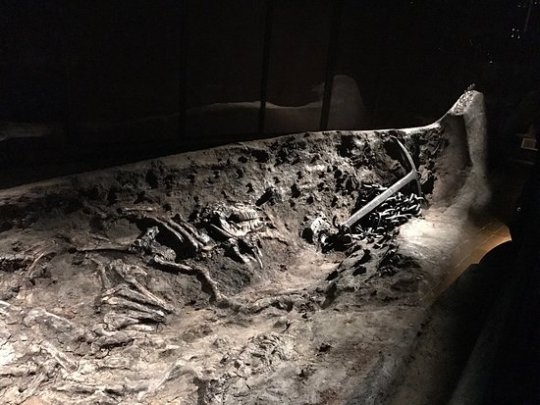The Ladby Ship stands as Denmark’s sole ship grave from the Viking era. Dating back to around 925 AD, the king of Ladby was interred within his vessel, measuring 21.5 meters in length and 3 meters in width, beneath a raised burial mound.
His final resting place was adorned with his prized possessions, including an impressive array of 11 horses and 3 or 4 dogs, symbolizing his wealth and status in Viking society.
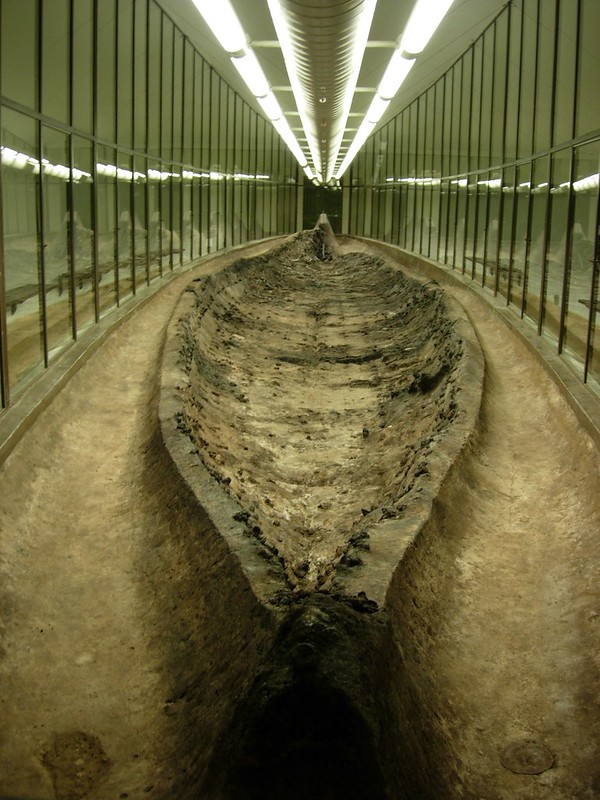
Within the bow of the ship rests the original anchor and anchor chain, offering a glimpse into the vessel’s maritime history. However, the grave fell victim to plundering during the Viking era, resulting in the removal of the deceased and the destruction of many of the grave goods.
Despite this unfortunate event, some remnants of the grave goods have been preserved and are on display in the exhibition building, providing valuable insights into the material culture and customs of the Viking period.
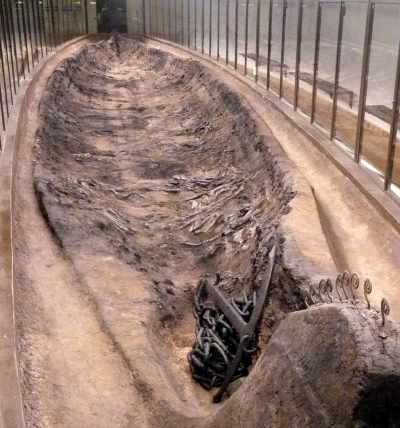
The Ladby ship was unearthed on the island of Funen in 1935, emerging from the earth after more than a millennium underground. Remarkably, the vessel had not sunk or been wrecked but was discovered beneath a burial mound situated prominently in the landscape, overlooking Kertinge Nor.
While the woodwork of the ship had decayed over time, leaving only remnants behind, the iron rivets that once held the vessel’s planks together remained intact. By meticulously studying the distribution of these rivets and examining traces of the decayed wood, experts were able to reconstruct the original form and construction of the ship, shedding light on its design and craftsmanship from the Viking era.
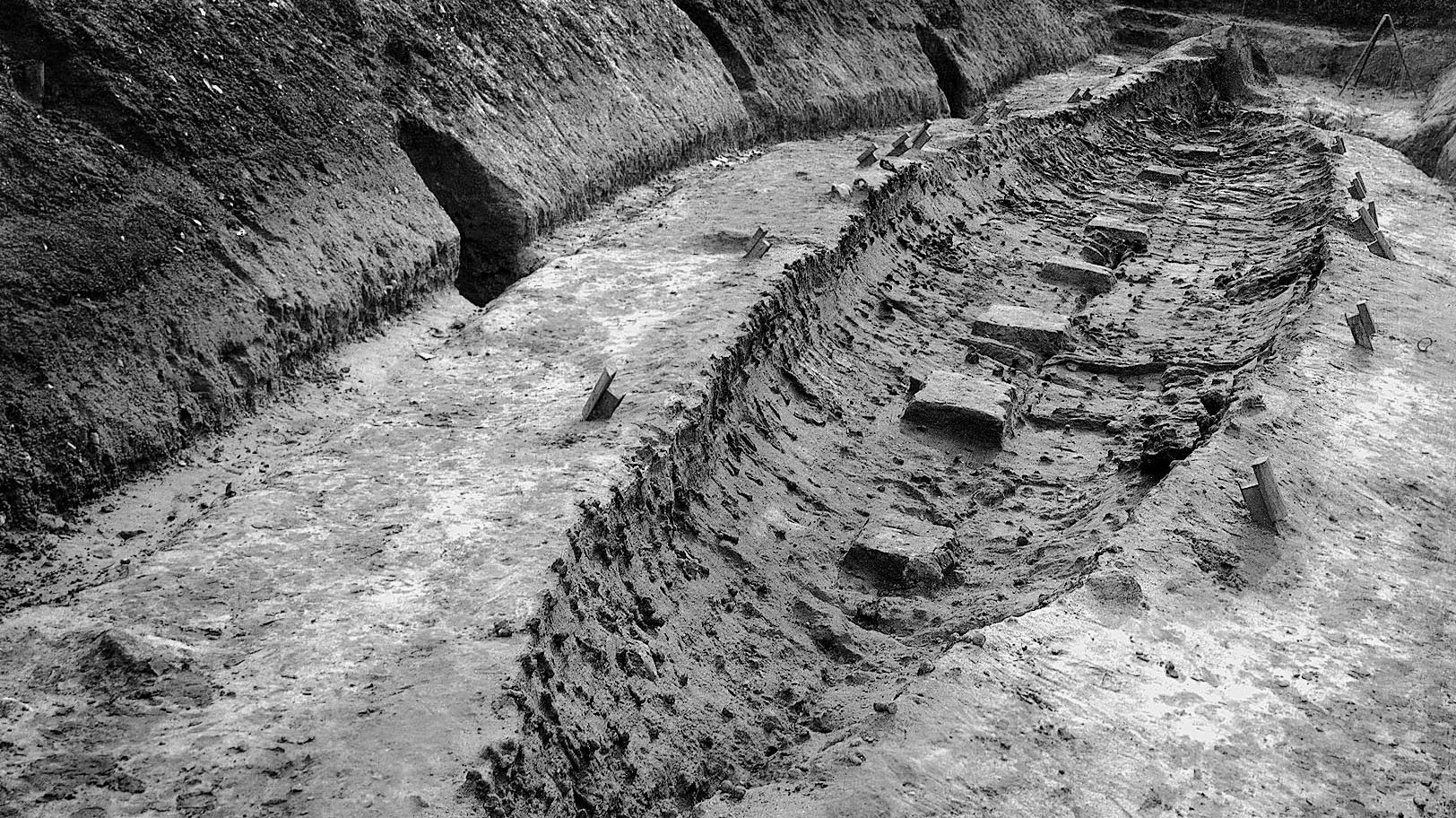
The stem and stern of the Ladby ship exhibited curved designs, featuring a stepped inner surface meticulously carved to provide a secure base for the hull planks. These planks, constructed primarily of oak wood and measuring 2-2.5 cm in thickness, formed the structure of the vessel.
Notably, one of the planks stood out due to its increased thickness and narrower width, serving as a “strengthening plank” known as a meginhufr. This plank played a vital role in reinforcing the transition between the bottom and sides of the hull, ensuring structural integrity.

Additionally, the ship’s sides were fortified with stringers, sturdy wooden strips attached along the inner surface of the upper edge of each strake. These stringers provided further reinforcement, enhancing the overall robustness of the vessel.
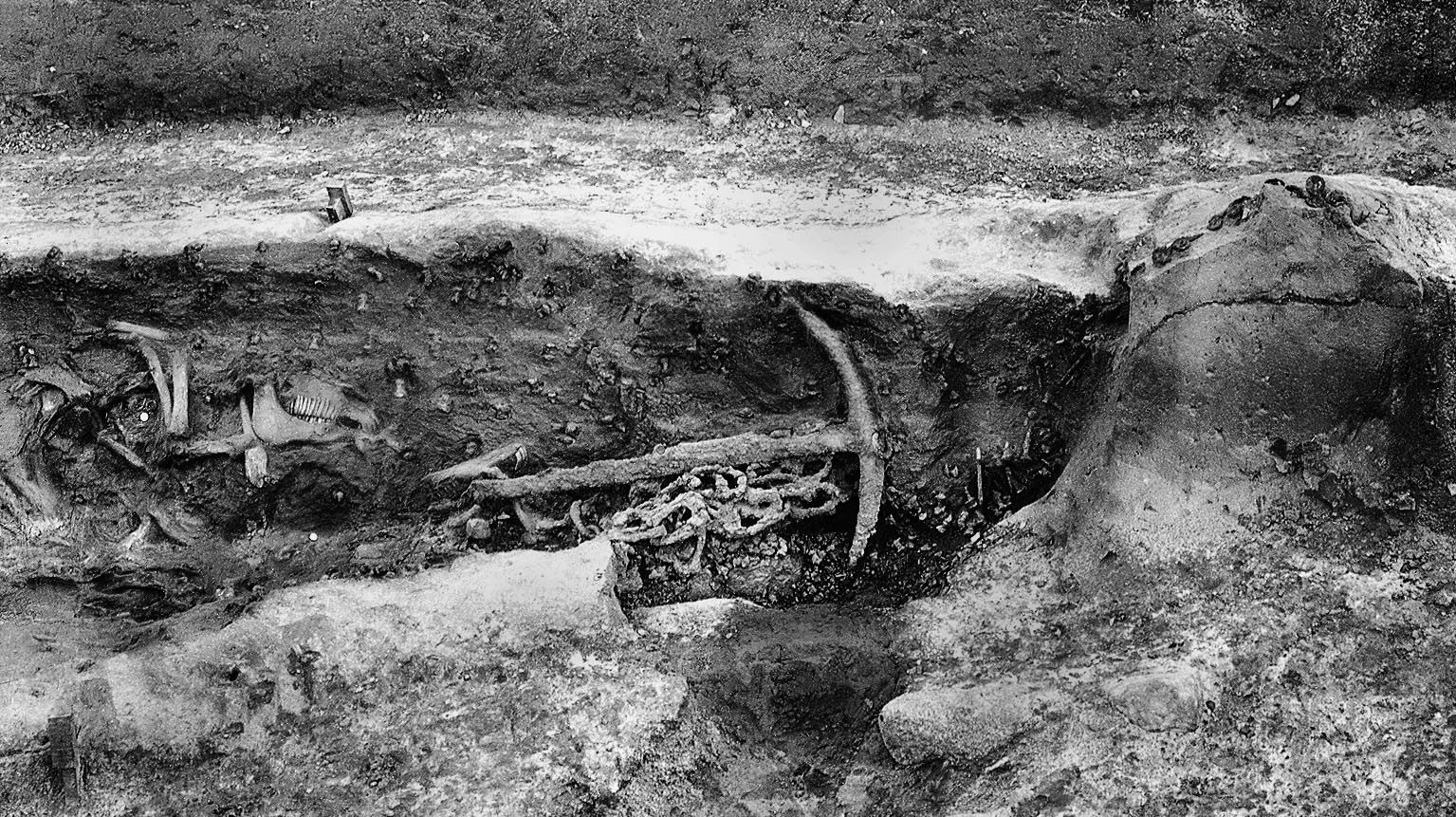
Due to the decay of the ship’s wooden structure, conventional dating methods like dendrochronology were not applicable in determining its age. However, the preserved grave goods discovered alongside the ship date back to the early 10th century.

Moreover, evidence of minor repairs found on the vessel suggests that it had been in use prior to its incorporation into the burial. Based on these findings, it is plausible to infer that the ship itself was constructed around AD 900, placing it within the context of the early Viking Age.
